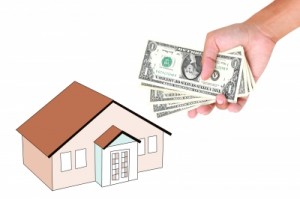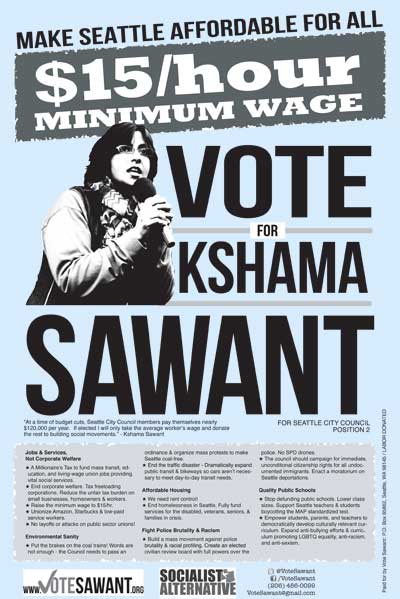Two years since I quit my job and a year of blogging — how time flies
 Life is fleeting. I guess we all know that and it isn’t such a profound thing to say. But there are times when weeks flash by in what feels like minutes. “Wow,” we sigh after an exhausting week, “That week sure flew by.” And so the minutes of our days turn into weeks, which somehow become months. Then, in a quiet moment, we realize decades have slipped away from us.
Life is fleeting. I guess we all know that and it isn’t such a profound thing to say. But there are times when weeks flash by in what feels like minutes. “Wow,” we sigh after an exhausting week, “That week sure flew by.” And so the minutes of our days turn into weeks, which somehow become months. Then, in a quiet moment, we realize decades have slipped away from us.
That’s how it’s been around here the last few months. I can barely remember what’s been happening as I lurch from thing I have to do to thing that has to be done next. So, dear readers, I apologize for disappearing on you for the past several weeks. I won’t promise that it won’t happen again.
What’s been going on? Really, just life. Pretired Baby is officially a toddler now and has me on the move. He also had a major sleep regression a little over a month ago. That joyful stage included screaming in the middle of the night, a sleep schedule thrown into disarray and fighting us at bedtime. On top of that he’s been ridiculously clingy — always with me. To the point where he throws a fit if I even leave the room. Exhausting!
Meanwhile we’ve also been making a big push on the basement remodel project. I’ll save some of the detail for a later post, but let’s just say it’s been a good reminder that you never know what you’re going to find when you take drywall off walls. Naturally right at the same time my consulting client needed a bunch of work all at once so that has kept me hopping.
That’s all just a long way of saying I’m sorry I’ve been too busy to write. We’re making a few schedule tweaks to the childcare coverage and Pretired Baby’s sleep schedule has been getting back to normal so hopefully we’ll be back to normal soon. Fortunately we have a much-needed vacation coming up that should allow us to take a breath at least.
But these crazy past few weeks aren’t the only reason I’m pausing to take a look back.
I’m just a few days away from marking two years since I quit my horrible job to get ready for the baby’s arrival. And I just passed one year of blogging — appropriately I was too busy to post something about it on my anniversary.
This is what I mean by time flying by. Two years since I left my job? Really?
I don’t remember a ton of detail about that last day of work. I had some lunch with some buddies. I deleted a lot of old email. I left kind of early. All I know for sure is that the most dangerous place in Seattle that day was between my car and the freeway. The strips of rubber I left on the road that day are probably still there, marking my trail with black hate.
I quit knowing it was an uncertain move. Sure, I had no short-term economic worries. I had no debt outside of my real estate, enough free cash to last quite a while and a wife who still worked (even though I was committed to paying my own expenses). I was already on my wife’s free healthcare because the plan at that job was terrible. Since I hadn’t yet sold my fourplex, I had some theoretical monthly income and equity I could tap if I ever got desperate. And I’ve always known I probably need 3-5 more years of income to totally ice my pretirement.
But to keep things interesting, we decided that would be the perfect time to gut the kitchen and do a complete remodel. We sent Pretired Mama away for awhile and I got out the sledgehammer and destroyed the place. I’m still amazed how quickly we pulled that one off. It was a little crazy to try to squeeze that in before the baby arrived, but we were smart to get it done before he got here, I think, especially knowing how things are now.
I wisely quit in the spring so I would be able to enjoy the summer at home. And it was a beautiful summer. Yeah, I was busy working on the house, but it felt great and having wide open days with no job or baby meant I could move fast. No desk sitting meant I felt better than I had in years. I’d step outside to cut some studs on the chop saw and the sun would feel magical on my skin. The neighborhood was quiet and empty. Bliss.
Then the baby happened.
I had a lot to learn. How to feed him. How to calm him. I’ve changed a shitload of diapers. I’ve done a ton of laundry. Fortunately my wife got a few months off from her job so we were both home full-time for about four months together. Then it was just me. Then I spun up my consulting business again, doing most of my work during naps. And then I started a major basement remodel. Oh yeah, and started a blog.
The blog has grown far beyond my wildest dreams. It started as a lark, almost more as a way to get some things off my chest more than anything else. But the response has been tremendous and surprising. Now that this site is becoming a “thing” I’m beginning to formulate some actual goals for the future. Goals? Wow, I hope this doesn’t start to feel like a job! Either way I’ll share some of those goals in the coming days.
And, yes, I have more posts to come. I still have a lot to say. I just need to find the time!
So here’s to many more years of blogging and hopefully many more years of not working! Thanks for joining me on my journey!




